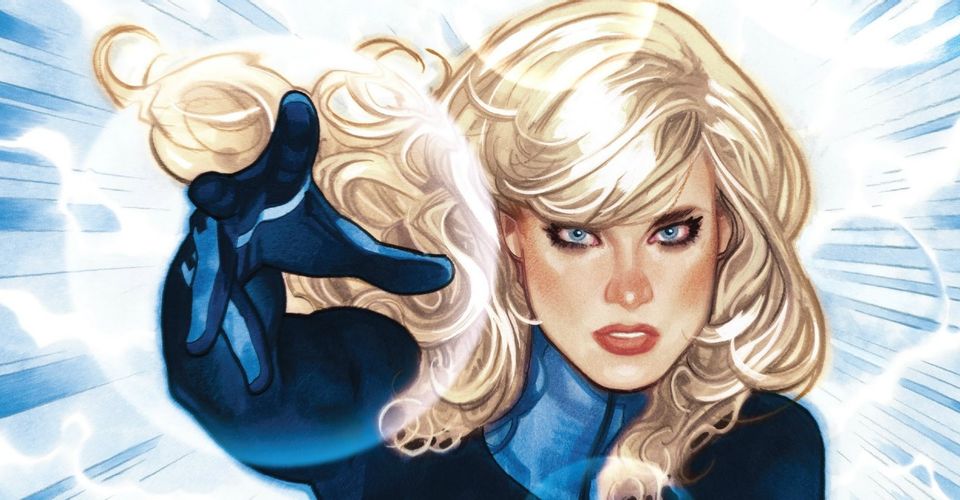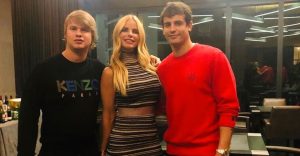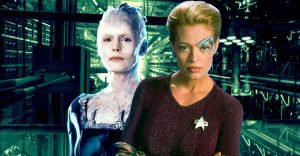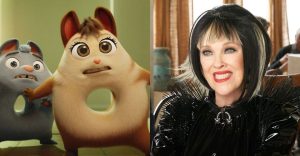Stan Lee Completely Botched Marvel’s First Female Superhero

Marvel’s Fantastic Four is undoubtedly the series that defined the company – but unfortunately Stan Lee completely botched writing for Marvel’s first major female superhero, Susan Storm. Today, the character is famous for being a scientific genius, astronaut, and the strongest member of the team (with her ability to use her powerful invisible force fields in a variety of offensive and defensive ways). But for the first few years of the Fantastic Four, Sue was little more than a collection of 1960s stereotypes – the worst the decade had to offer.
The Fantastic Four’s origin story has stayed remarkably consistent through the decades. Reed Richards, Susan Storm, her brother Johnny Storm and Benjamin Grimm are flying through space when their experimental ship is bombarded by cosmic rays. After a resulting crash they realized they’ve acquired different powers and give themselves superhero names; Mr. Fantastic, the Invisible Girl, the Human Torch and the Thing decide to use their abilities to help humanity. Unfortunately, one of the four had powers that were terribly ill-suited for battle.
In early Fantastic Four issues, Susan Storm could only turn invisible (she didn’t discover her shield abilities until Fantastic Four #22). Against enemies, her only advantage was the element of surprise – and if captured, her powers were essentially useless (the cover of Fantastic Four #1 infamously depicts Sue shouting “I can’t turn invisible fast enough!” while already in the grip of a monster). The likes of Doctor Doom and Namor would often take Sue prisoner – but even while free, she was still held hostage by stereotypical 60s-era writing.

In Fantastic Four #21, the Invisible Woman spots the Fantastic Four’s jet and hurries out of a dress shop, because her “female curiosity” demands she learn the plane’s occupant. Stan Lee found it necessary to constantly remind readers that Susan Storm was a woman (even though her superhero name remained Invisible Girl all the way until Fantastic Four #280 in 1985!). Sue would create a version of her suit with a miniskirt, try on different looks in the mirror (“A girl is a girl” reads the caption above Sue trying on a black wig), and even decide to do housecleaning while the men lounged about after a battle. Thankfully, this wouldn’t last; Sue not only became a key player in superhero battles but would regularly call out Reed’s arrogance and superiority whenever he would insult her for being too “emotional” (which was distressingly often).
In many ways, Sue was progressive for the time – many female characters in comics were relegated to love interests and rarely participated in battles at all. But as revolutionary as he was, Stan Lee couldn’t help but rely on outdated tropes while writing for Sue. Today, the Invisible Woman is a powerful and respected member of the Fantastic Four, and the early issues – however stereotypical – led to the Susan Storm known and loved by the Marvel faithful worldwide.

















